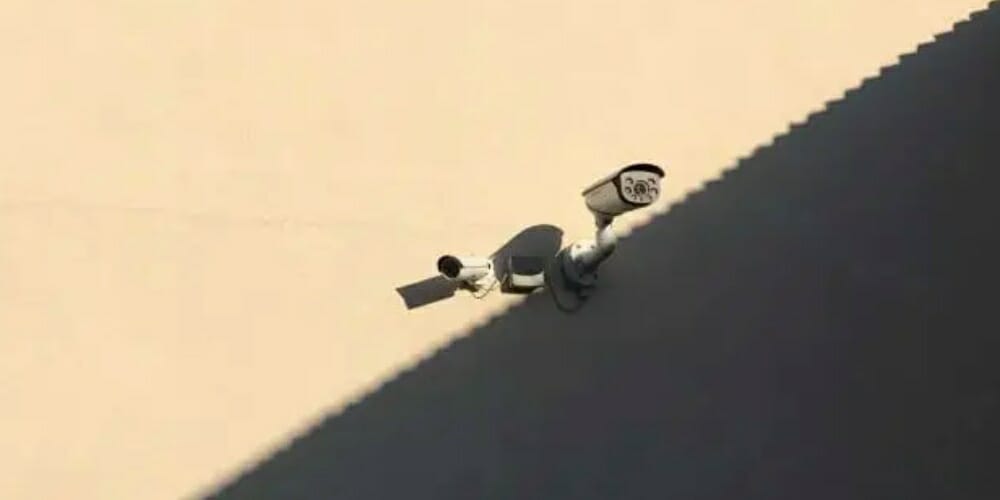There are many reasons you may choose to switch your wireless security camera to a hardwired system including speed and issues with WiFi connectivity. Most wireless security cameras come with ports that can have hardwired connections regardless of their functionalities. Hardwiring a wireless security camera requires some tact and knowledge which I will help through.
In general, these are the three easy steps to hardwire wireless camera systems.
- Resetting the camera
- Setting up the wiring, drilling sockets, and connection holes
- Connecting all wires
Well, go through in more detail below.
Where to Install a Security Camera?
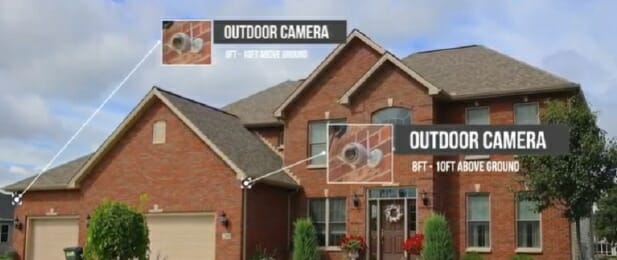
Not everyone is subjected to thefts and break-ins. Some of us want to check on deliveries or see who comes to our house while we’re gone.
Decide which function is essential to you and position your camera so that it can view things you’d want to keep an eye on.
Typical spots include:
- At the front doorway, you can see who is approaching or visiting you.
- At a side door or other unnoticed entrance spots around your property that are prone to trespassing.
- In children’s rooms, so you can monitor what they’re doing when they’re alone.
- Outdoor pool areas allow you to keep an eye on kids and visitors playing near the water.
- Wherever you keep valuables or weapons. (1)
Why it is Best to Hardwire Wireless Security Cameras
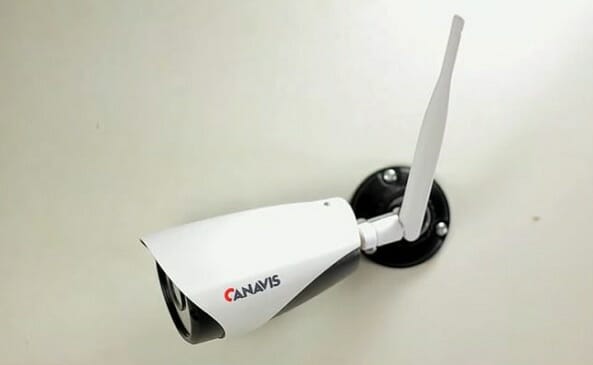
In general, wired networks are substantially faster than wireless devices. Data speeds have steadily increased with the introduction of the Gigabit router and other technological advances. Moreover, wired networks are less likely to have dead zones, which are occasionally present in wireless security camera systems.
Before we go into the processes for hardwiring a wireless security camera, let us first discuss why we need to do so.
- Hardwired cameras provide high-definition footage with excellent clarity to detect faces, so zooming in is no longer necessary.
- Wireless camera systems can be potentially hijacked. Unknown to you, some random hackers might gain access to your video signals and sneak into your live video footage. If you choose to hardwire your wireless security camera system, you are making the correct decision because these video systems are less vulnerable to hackers.
- Hardwired video systems monitor the environment 24/7. Wireless security camera systems are more susceptible to low signal connections or wave disruptions. Aside from that, wireless systems have a restricted range.
You have limited options for the location with a wired connection, but your connectivity will be more stable and secure. Consider where you’ll be running the wire or how much length you’ll require. Longer extension cords can always be purchased.
How to Hardwire A Wireless Security Camera
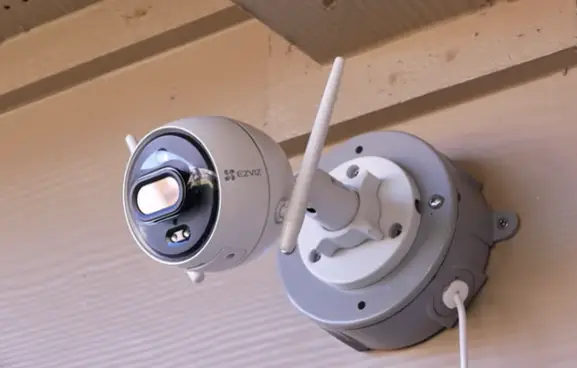
Test The Wired Camera System Before Getting Started
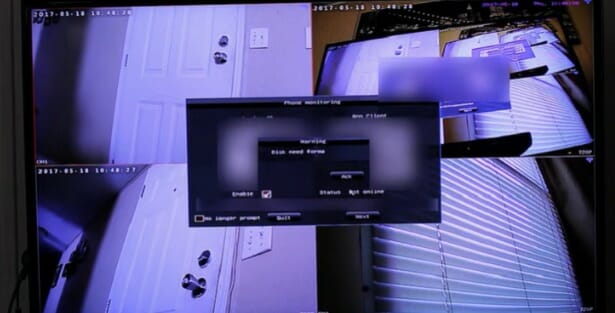
Before installing the cameras, test the DVR, cameras, and wires once you’ve unpacked the equipment from your system package.
- Install the card(s) in the PCI slots in the CPU if you’re using one or more DVR cards instead of a standalone DVR. (2)
- Unpack the camera and look for the connector with BNC or RCA connections that match the camera’s ports.
- Connect the Siamese cable to the connector, then the DVR with the other end.
- Test the monitor to determine whether you have a picture after turning on the DVR.
- Test each camera, connector, and cable set separately.
Step 1 – Resetting
- Look for the reset hole found on the back or under the camera.
- Insert a safety pin into the reset slot to finish the process.
It is the first step on how to hardwire a wireless camera since it can reset everything. Resetting the camera also allows it to connect to your wireless network, in addition to deleting any network settings.
Step 2 – Set up wires
- Measure the distance between your wireless router and the spot where you wish to put it.
- Maintain safety, avoid risks, and keep the cable away from any disruptions.
- There should be an electrical outlet within 3 feet of where you want to put the camera.
However, you may power your camera with an extension cable. You may come up with other ideas as long as you guarantee the camera has a power supply. Investing in a lengthy Ethernet connection might also assist you in connecting your camera to your network.
It’s a good thing you’re familiar with Siamese cables. These are the most frequent surveillance wires. Like Siamese twins, two lines are connected. One thread is dedicated to power, while the other is dedicated to video. It means you’ll have to run one cable through your house to install your cameras.
Step 3- Connect
The final step is to hardwire.
Installing a wired security camera system will take more time and will need wiring across the house wherever you wish to position a camera. This can be done professionally or independently. However, it requires installing many cables through your home’s walls and ceilings to avoid having exposed wire around.
- Find a secure location on the wall.
- Some cameras may require a screw finder, while others have drywall hooks.
- Inspect the area for any existing wiring.
- Make necessary marks and drill the holes.
- Connect the monitoring source by inserting the wire back through the plug.
Ensure that the hole you drill is large enough to draw the cable through but not so large that you can’t install the camera.
- Attach the Ethernet cable’s other end to a LAN port on the back of the wireless router.
- Connect the Ethernet wire to the camera’s Ethernet port on the back.
- Turn on the camera by connecting it to the power source you’ve set up.
Reminders for Installation
While hardwiring a wireless camera, another thing to keep in mind is to set up a Digital Video Recorder (DVR) to save and examine your video footage. This device is in charge of all radio feeds and straight transmits them to the monitor, most often a tiny TV or a computer screen. Most DVRs include a variety of memory sizes and features that allow them to retain a sufficient amount of video footage, up to more than a hundred hours.
Alternative Option – Hire an expert
Another approach is to get assistance from home security experts. It is essential when setting up a custom system. Many camera security professionals are skilled at implementing motion sensors and alarm systems for you.
However, this alternative is more expensive than putting it up yourself. Whenever you live in a large property and are quickly troubled by a lot of wiring, it is better to contact local security experts. They can also add features to your surveillance systems, such as alarms and motion sensors.
Wrapping Up
A wired system is a wonderful choice if you’re searching for something dependable and long-lasting. A wired system will be suitable for a larger house or a company seeking increased security.
References
(1) weapons – https://www.britannica.com/topic/list-of-weapons-2058724
(2) CPU – https://www.sciencedirect.com/topics/engineering/central-processing-unit

